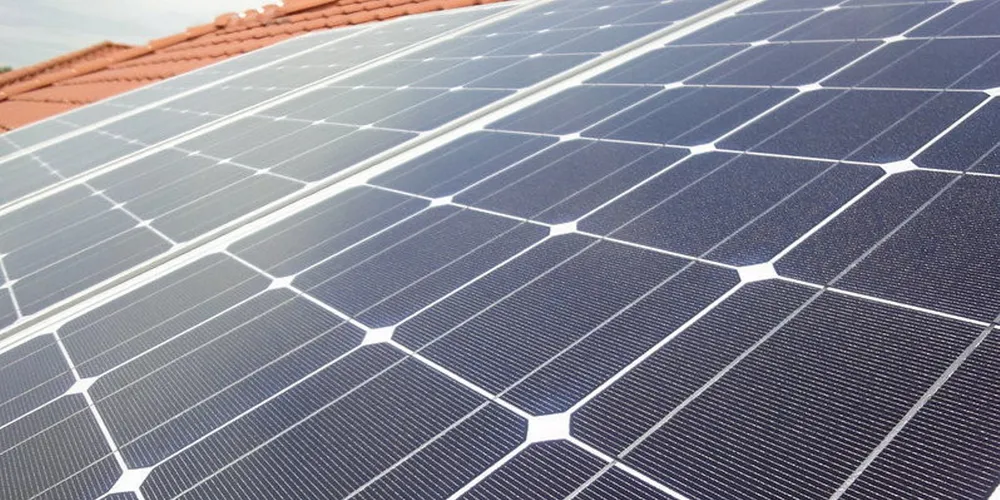Rising PV production costs won't take gloss off global build surge in 2022: IHS Markit
Installations of solar to mushroom by more than 20% next year but supply chain lags needing 'time to adjust', says Paris-headquartered research group

Installations of solar to mushroom by more than 20% next year but supply chain lags needing 'time to adjust', says Paris-headquartered research group
